Din Tai Fung Taiwanese Cabbage with Garlic – (Copycat) (VIDEO)
This post may contain affiliate links. Please read our disclosure policy.
The Din Tai Fung Taiwanese Cabbage with Garlic is a staple dish at the restaurant – but why order it when it’s so easy to recreate at home, especially with it being so expensive? The crisp cabbage is cooked over high heat and tossed with seasoning and garlic – keep reading for my key tip on keeping the signature light color!
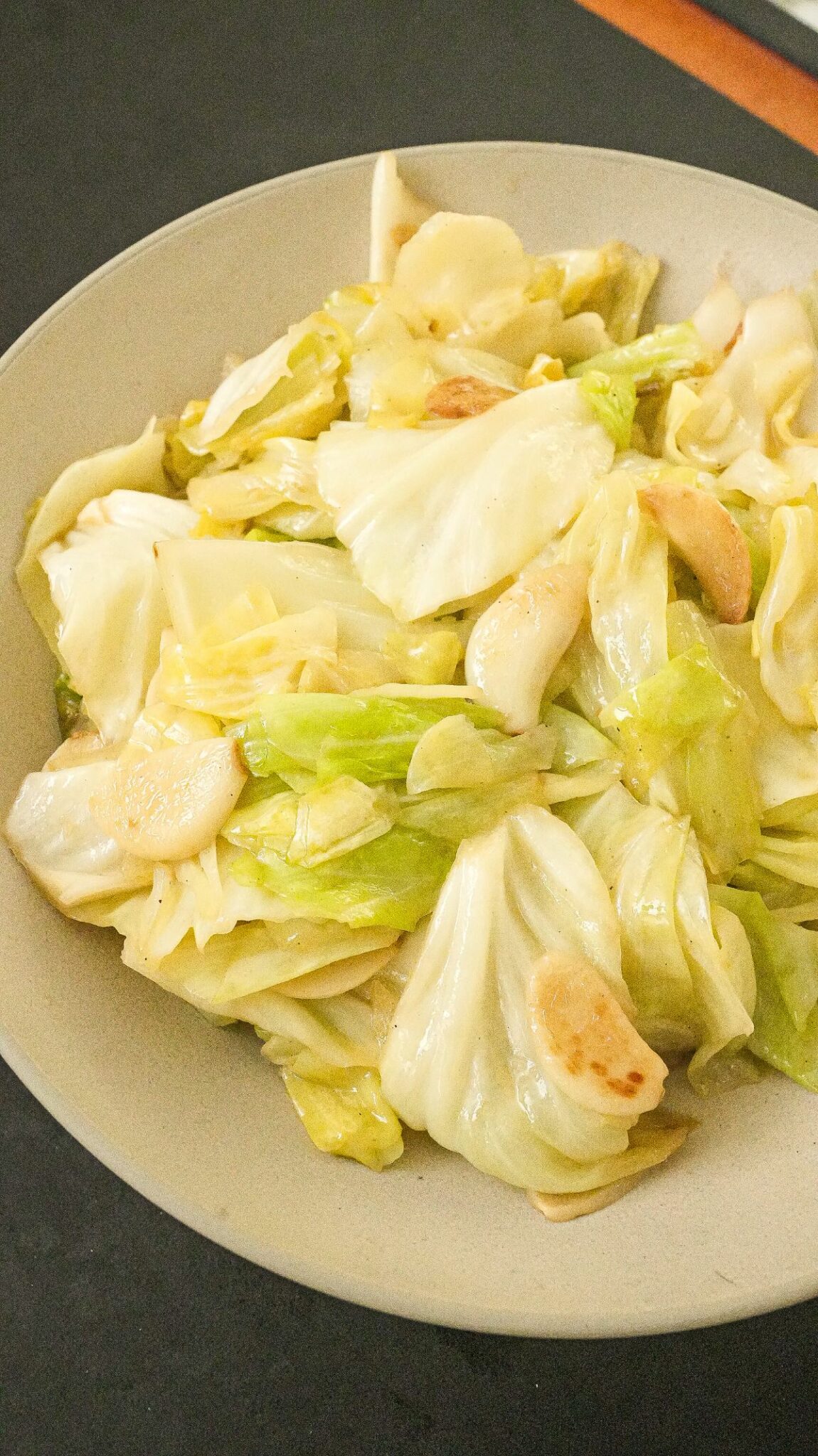
Watch the Din Tai Fung Taiwanese Cabbage with Garlic Recipe Video!
Table of Contents
Do you love Din Tai Fung? This popular Taiwanese chain restaurant has many fans and I love to recreate their recipes so you can make them at home anytime! Try my Din Tai Fung Cucumber Salad (gone super viral on my social media), Din Tai Fung Green Beans, Din Tai Fung Shrimp Fried Rice and Din Tai Fung Spicy Wontons!
Ingredient Tips for Din Tai Fung Taiwanese Cabbage with Garlic
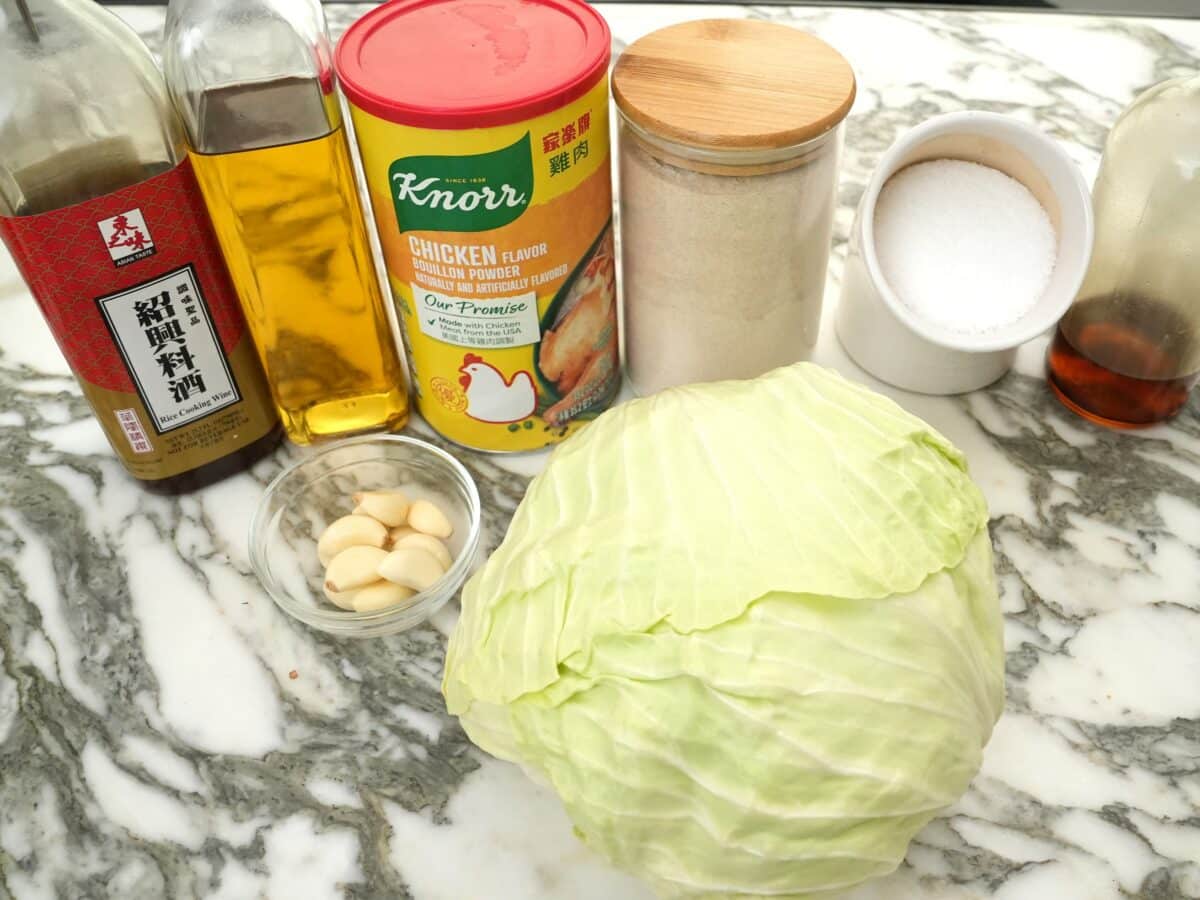
Refer to the recipe card for the full list of ingredients and measurements!
- garlic – make sure to slice them into 1/8″ thin slices!
- Taiwanese cabbage – Taiwanese cabbage is a flat head cabbage. The leaves are larger and looser than regular green cabbage and it has a mild, sweet flavor. If you can’t find Taiwanese cabbage at your Asian grocery store (99 Ranch), you can substitute with green cabbage. (If you have leftover cabbage, you can make Shrimp and Cabbage Dumplings!)
- Shaoxing wine – if you can’t use Shaoxing wine, you can substitute with chicken stock or broth. Shaoxing wine is a Chinese rice cooking wine and it’s a staple if you love cooking Asian food at home!
- white pepper – this is milder and more floral than black pepper. For this dish, I don’t recommend substituting with black pepper if you don’t have white pepper.
- chicken bouillon powder – this is a key ingredient to this recipe! A signature of Din Tai Fung’s version of this dish is the light color – therefore, you don’t want to use soy sauce as it’s seasoning. Instead, I recommend chicken bouillon powder.
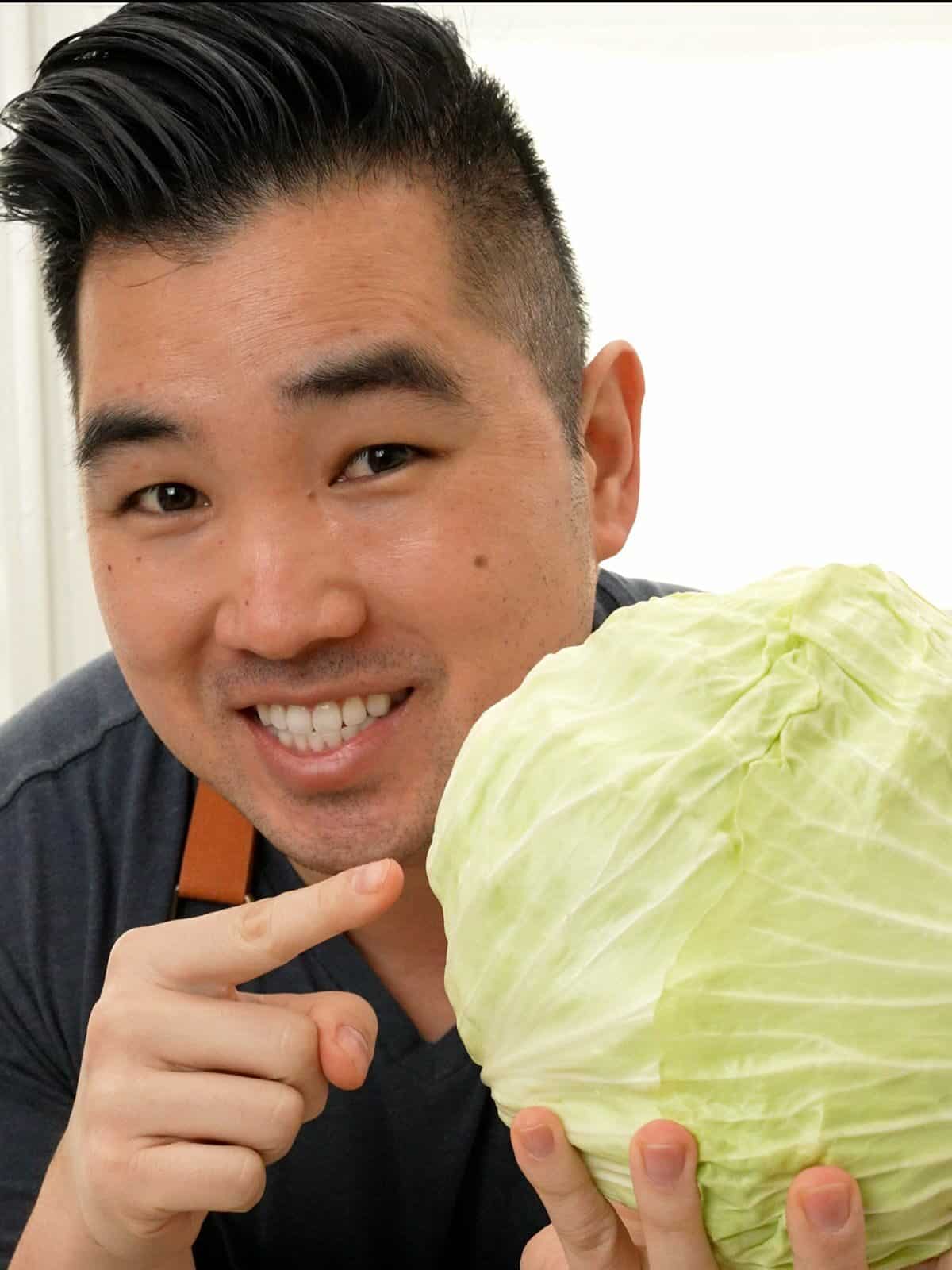
How to Make Din Tai Fung Taiwanese Cabbage with Garlic
1. Cut the Cabbage and Garlic
Cut the cabbage in half then remove the inner core with the sharp knife. Cut the cabbage into 2-3 inch pieces and separate the layers. Try to keep the size of the cabbage slices consistent so they cook evenly. Thinly slice the garlic into 1/8th inch thick slices.
2. Saute the Garlic and Cabbage
In a large wok or deep skillet, heat ¼ cup of neutral oil over high heat. Add the sliced garlic and sauté until a light golden brown color (about 10 seconds), then immediately add the cabbage and the salt.
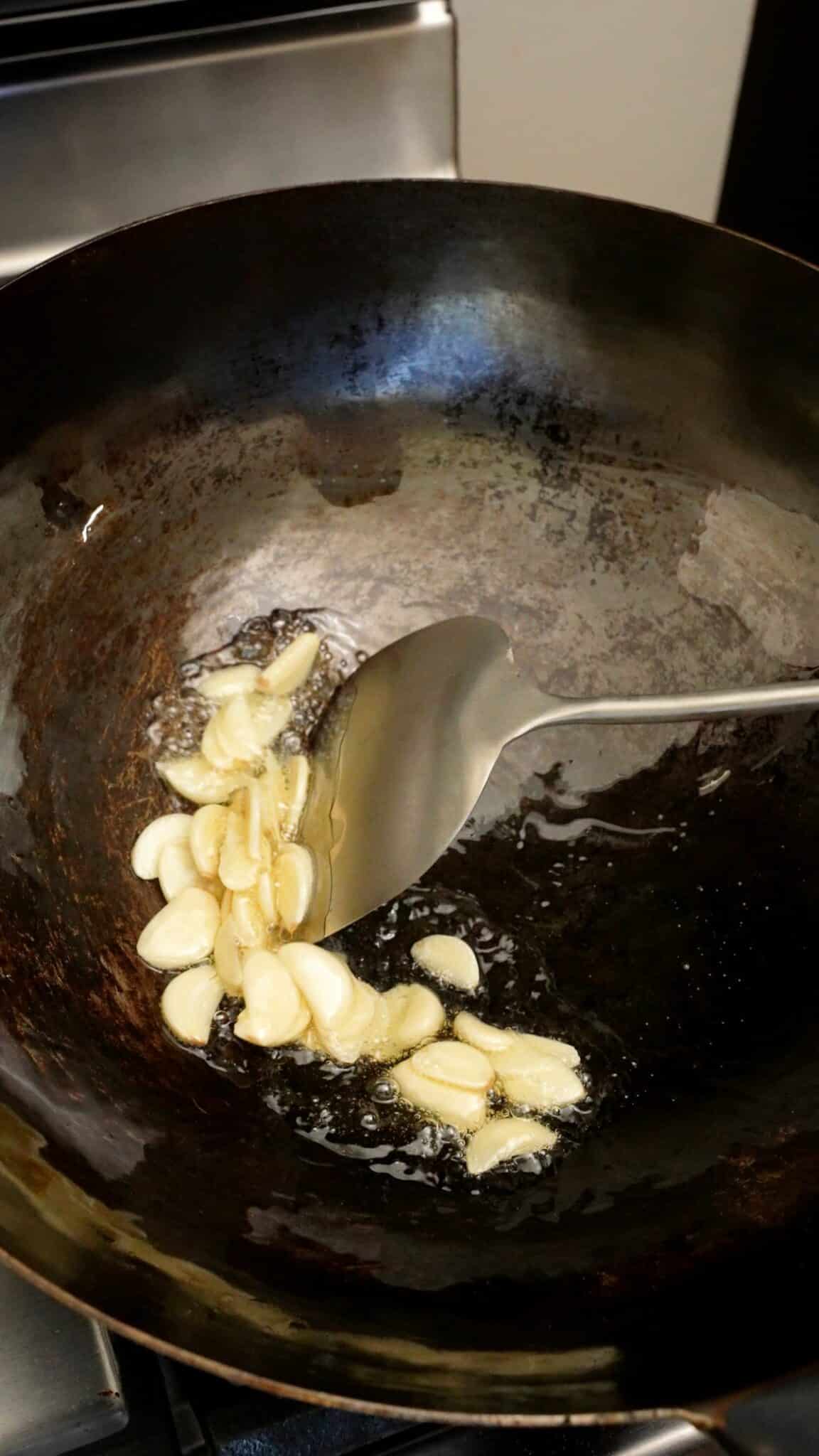
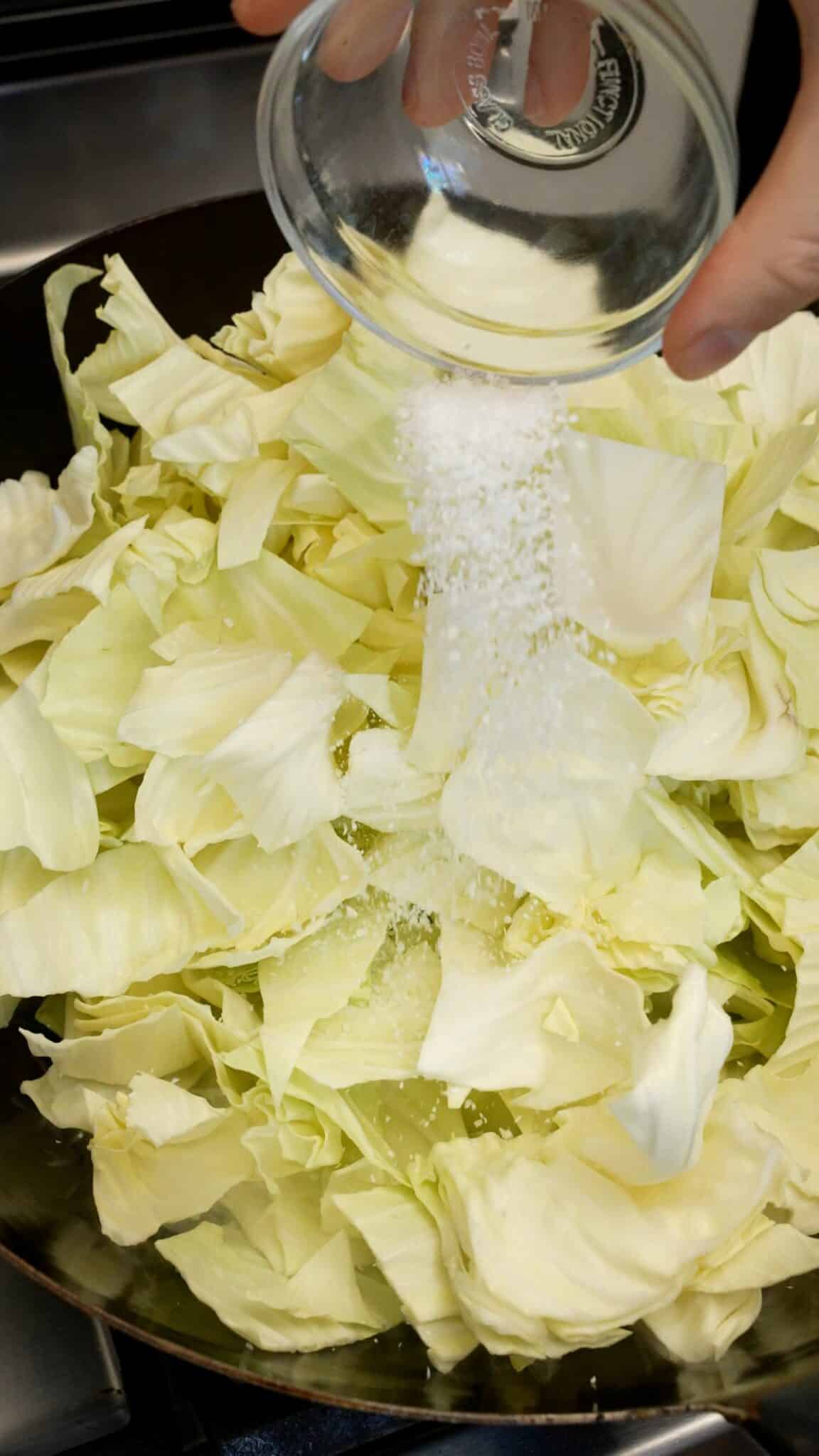
Stir fry the cabbage for 3-4 minutes over high heat until you see excess water pooling at the bottom of the pan. Push the cabbage to the side and allow the direct flame to evaporate all of this excess water before moving onto the next step. This is my key to preventing a soggy cabbage stir fry!
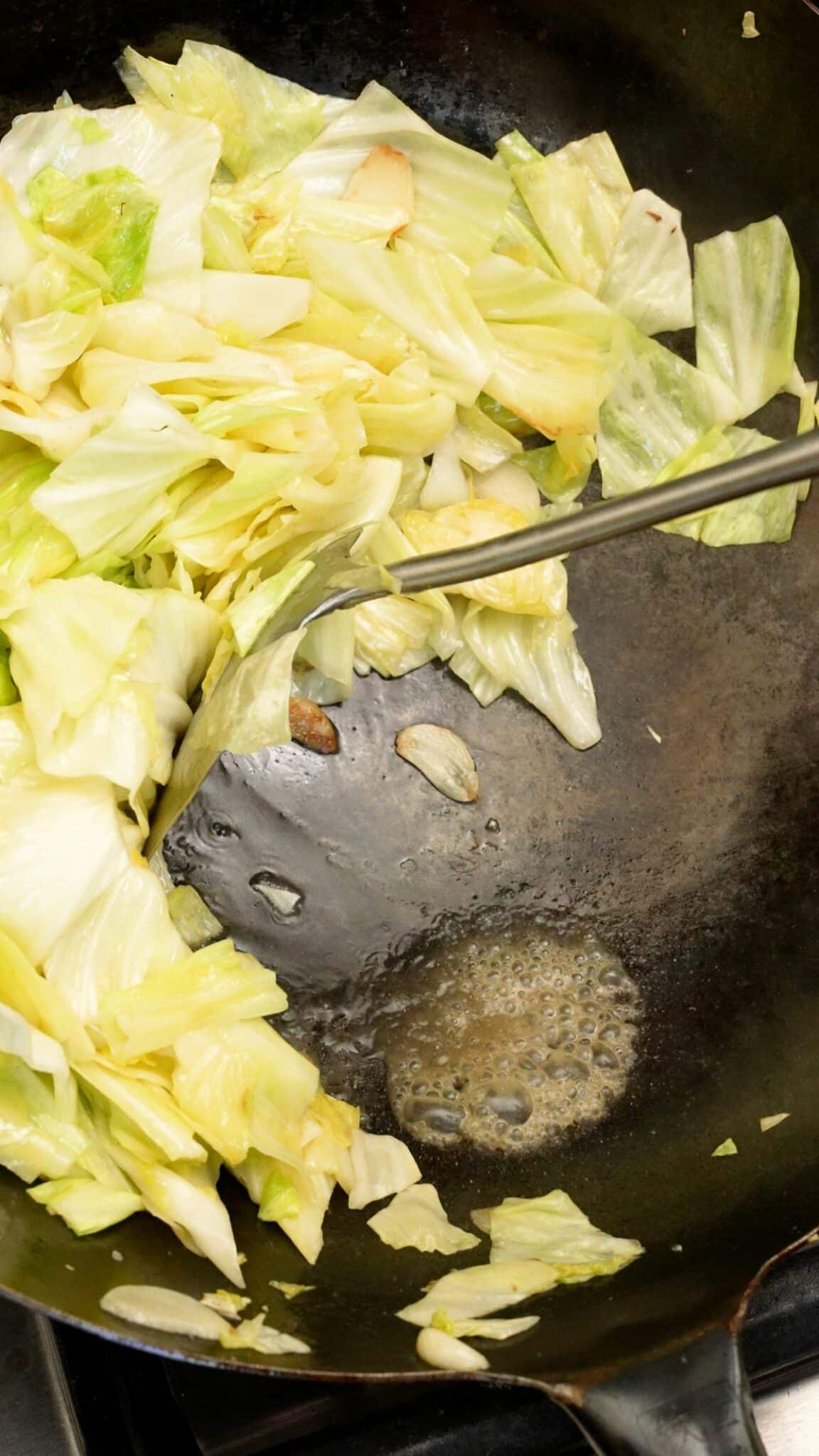
3. Add Seasonings and Stir Fry
Once all the excess water is cooked off, then add the Shaoxing wine around the edge of the pan. Continue mixing until the Shaoxing wine is dissolved, then add the white pepper and chicken bouillon powder. Mix and stir fry for another 3-4 minutes until the cabbage is slightly wilted but still crisp. Drizzle with the optional sesame oil and enjoy.
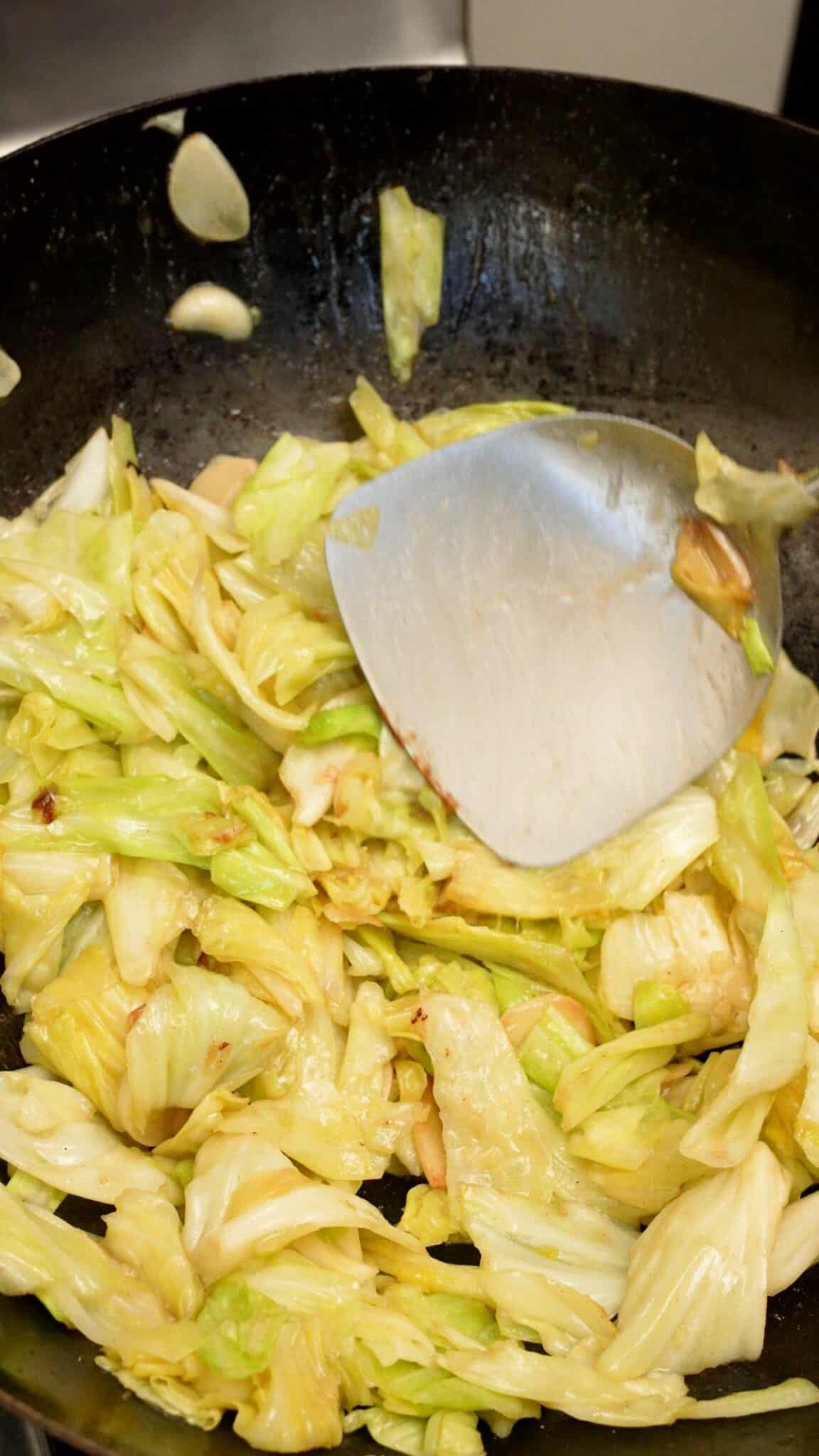
PRO TIPS
CJ’s Expert Tips + Storage
- Cabbage Tips – Taiwanese cabbage is a flat head cabbage. The leaves are larger and looser than regular green cabbage and it has a mild, sweet flavor. If you can’t find Taiwanese cabbage at your Asian grocery store (99 Ranch), you can substitute with green cabbage.
- Color – To get as close to the signature light color as Din Tai Fung’s version, I used white pepper and chicken bouillon for seasoning (vs soy sauce).
- Avoiding Sogginess – Cooking out the water from the cabbage in step 2 is KEY to preventing a soggy cabbage stir fry! The salt will help draw out the moisture, but it is important to cook the excess water until evaporated before moving onto step 3. I do this by pushing the cabbage to the side of the pan and allow the direct flame to evaporate the excess water (refer to the video).
- Storage – While this dish is best served fresh, you can store this in an air tight container in the refrigerator for up to 2 days. Note, the cabbage will naturally begin to wilt, release moisture, and become soggier as stored.
If you tried this Din Tai Fung Taiwanese Cabbage with Garlic Recipe or any other recipe on my website, please leave a 🌟 star rating and let me know how it went in the comments below!
Din Tai Fung Taiwanese Cabbage with Garlic (VIDEO)
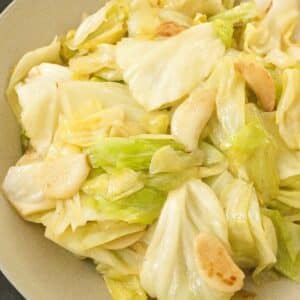
Equipment
Ingredients
- 1 small head Taiwanese cabbage, about 1-1.5 lbs
- 10 cloves garlic
- ¼ cup neutral oil
- 1 teaspoon kosher salt, plus more to taste
- 2 tablespoons Shaoxing wine
- ½ teaspoon white pepper
- ½ tablespoon chicken bouillon powder
- 1 teaspoon sesame oil, optional
Instructions
- Cut the cabbage in half then remove the inner core with the sharp knife. Cut the cabbage into 2-3 inch pieces and separate the layers. Thinly slice the garlic into 1/8th inch thick slices.
- In a large wok or deep skillet, heat ¼ cup of neutral oil over high heat. Add the sliced garlic and sauté until a light golden brown color (about 10 seconds), then immediately add the cabbage and the salt. Stir fry for 3-4 minutes so that there is no visible water pooling at the bottom of the pan. This must be cooked out and evaporated to prevent soggy cabbage.
- Once the excess water is cooked off, then add the Shaoxing wine around the edge of the pan. Continue mixing until the Shaoxing wine is dissolved, then add the white pepper and chicken bouillon powder. Mix and stir fry for another 3-4 minutes until the cabbage is slightly wilted but still crisp. Drizzle with the optional sesame oil and enjoy.
Video
Notes
Nutrition
Nutrition information is automatically calculated, so should only be used as an approximation.



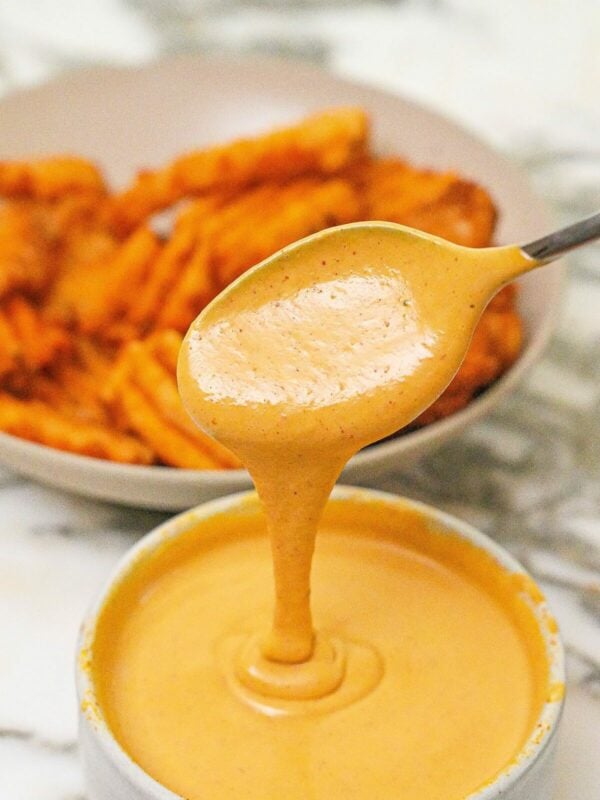








Subbed mushroom bouillon and added some thinly sliced oyster mushroom. Delicous, wouldn’t change (another) thing!
Thank you Deb – so glad you enjoyed it!
Just made it tonight and it was so good and easy! I’m definitely adding this to my veggie dish rotation. Thank you so much for the recipe ☺️
Thanks so much, Jen! I’m so happy you loved it!